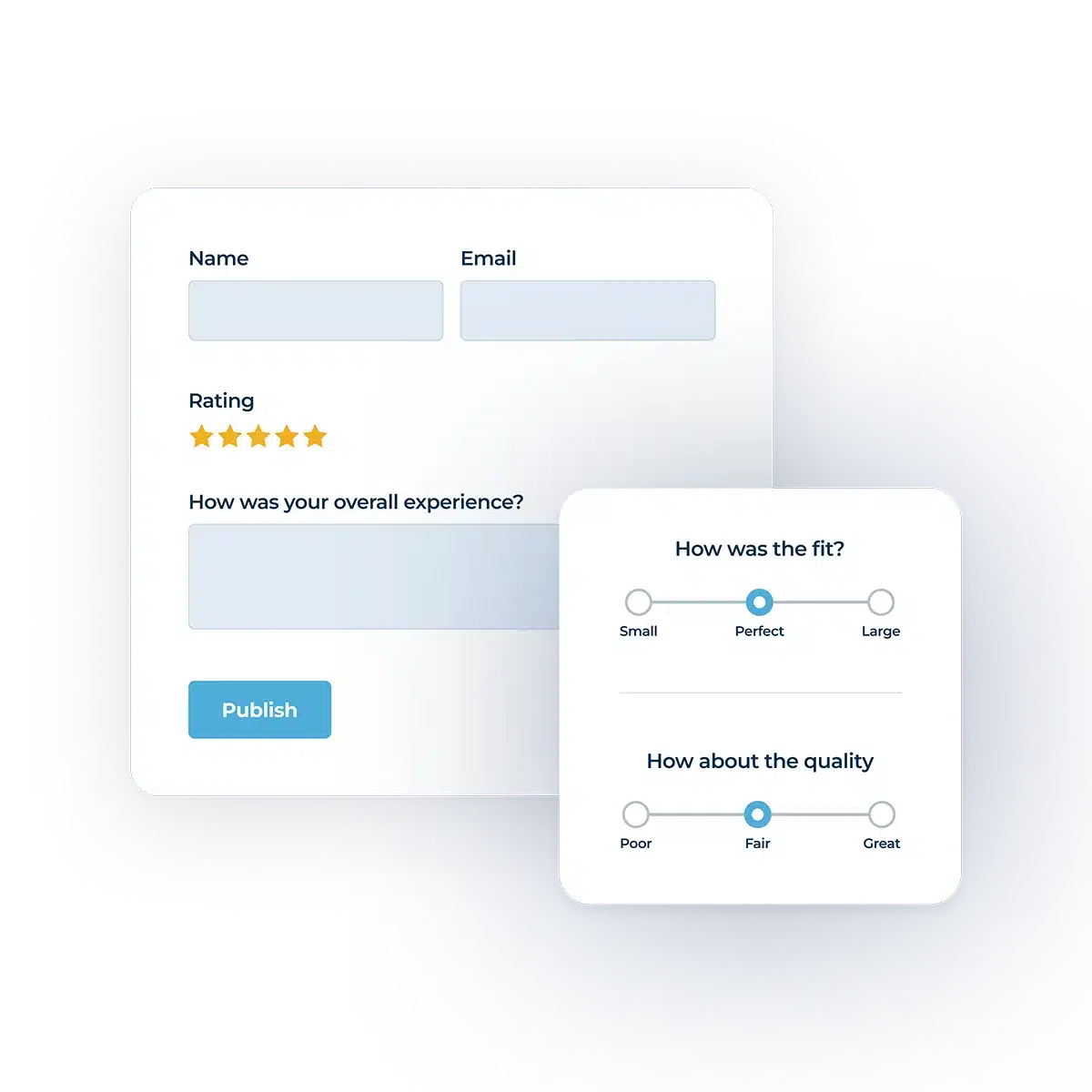Curious about what your customers really think of their interactions with your brand? Experience surveys are the key to unlocking these valuable insights. These powerful tools are revolutionizing how businesses understand and improve customer satisfaction, offering a direct line to the thoughts, feelings, and preferences of those who matter most — your customers.
Experience surveys are questionnaires designed to gather feedback from customers about their interactions with a company’s products, services, or overall brand experience. These surveys go beyond simple yes/no questions, diving deep into the customer’s journey to uncover valuable insights that can drive meaningful improvements.
The Anatomy of an Experience Survey
At its core, an experience survey aims to capture the voice of the customer. It typically includes a mix of question types:
- Rating scales (e.g., 1-10 or 1-5 star ratings)
- Multiple choice questions
- Open-ended text responses
These questions are carefully crafted to evaluate various aspects of the customer experience, such as:
- Product satisfaction
- Service quality
- Ease of use
- Overall satisfaction
- Likelihood to recommend (Net Promoter Score)

Why Experience Surveys Matter
In today’s competitive market, understanding your customers isn’t just nice to have – it’s essential for survival and growth. Here’s why experience surveys are critical:
- Identify pain points: Surveys help pinpoint areas where your business may be falling short, allowing you to address issues before they escalate.
- Measure customer loyalty: By gauging satisfaction and likelihood to recommend, you can predict future customer behavior and retention rates.
- Drive improvements: Feedback from surveys provides actionable insights to enhance products, services, and overall customer experience.
- Personalize experiences: Understanding individual preferences allows you to tailor your offerings and communication to each customer’s needs.
- Boost word-of-mouth marketing: Happy customers are more likely to share their positive experiences, driving organic growth.
Types of Experience Surveys
Different stages of the customer journey call for different types of experience surveys:
- Post-purchase surveys: Sent immediately after an order is received to gauge initial satisfaction, identify any immediate issues, collect testimonials, and capture UGC.
- Customer satisfaction (CSAT) surveys: Measure overall satisfaction with a product or service.
- Net Promoter Score (NPS) surveys: Assess customer loyalty and likelihood to recommend your brand.
- Customer Effort Score (CES) surveys: Evaluate how easy it was for a customer to accomplish a specific task or resolve an issue.
- Long-form feedback surveys: In-depth questionnaires that delve into various aspects of the customer experience.

Crafting Effective Experience Surveys
Creating a survey that yields valuable insights requires careful planning and execution. Here are some best practices:
- Keep it concise: Respect your customers’ time by focusing on the most critical questions.
- Use clear, simple language: Avoid jargon and complex phrasing that might confuse respondents.
- Mix question types: Combine rating scales with open-ended questions to get a complete picture.
- Personalize when possible: Use customer data to tailor questions and make the survey feel more relevant.
- Time it right: Send surveys at appropriate intervals in the customer journey for the most accurate feedback.
- Mobile-optimize: Ensure your survey is easy to complete on smartphones and tablets.
- Follow up: Act on the feedback you receive and communicate changes to your customers.
Leveraging Technology for Better Surveys
Modern survey tools have transformed the way businesses collect and analyze customer feedback. Platforms like RaveCapture offer advanced features that elevate the experience survey process:
- Automated campaigns: Trigger surveys based on specific customer actions or time intervals.
- Multi-channel distribution: Reach customers via email, SMS, or in-app notifications.
- Real-time analytics: Get instant insights as responses come in.
- Integration capabilities: Connect survey data with your CRM and other business tools for a holistic view of the customer.
Beyond Traditional Surveys: The Rise of Visual Feedback
As customer expectations evolve, so do the methods of collecting feedback. Visual experience surveys are gaining traction, allowing customers to share photos and videos alongside their written responses. This user-generated content (UGC) provides richer context and can be repurposed for marketing efforts, creating a win-win situation for both businesses and customers.
The Bottom Line: Listen, Learn, and Grow
Experience surveys are more than just a way to collect data – they’re a direct line to the heart of your customer base. By consistently seeking and acting on customer feedback, you create a cycle of continuous improvement that can set your business apart in a crowded marketplace.
Remember, the goal isn’t just to conduct surveys – it’s to build stronger relationships with your customers. Each survey response is an opportunity to show your customers that their voice matters and that you’re committed to delivering the best possible experience.
So, are you ready to unlock the power of experience surveys? Your customers have stories to tell – it’s time to start listening.
